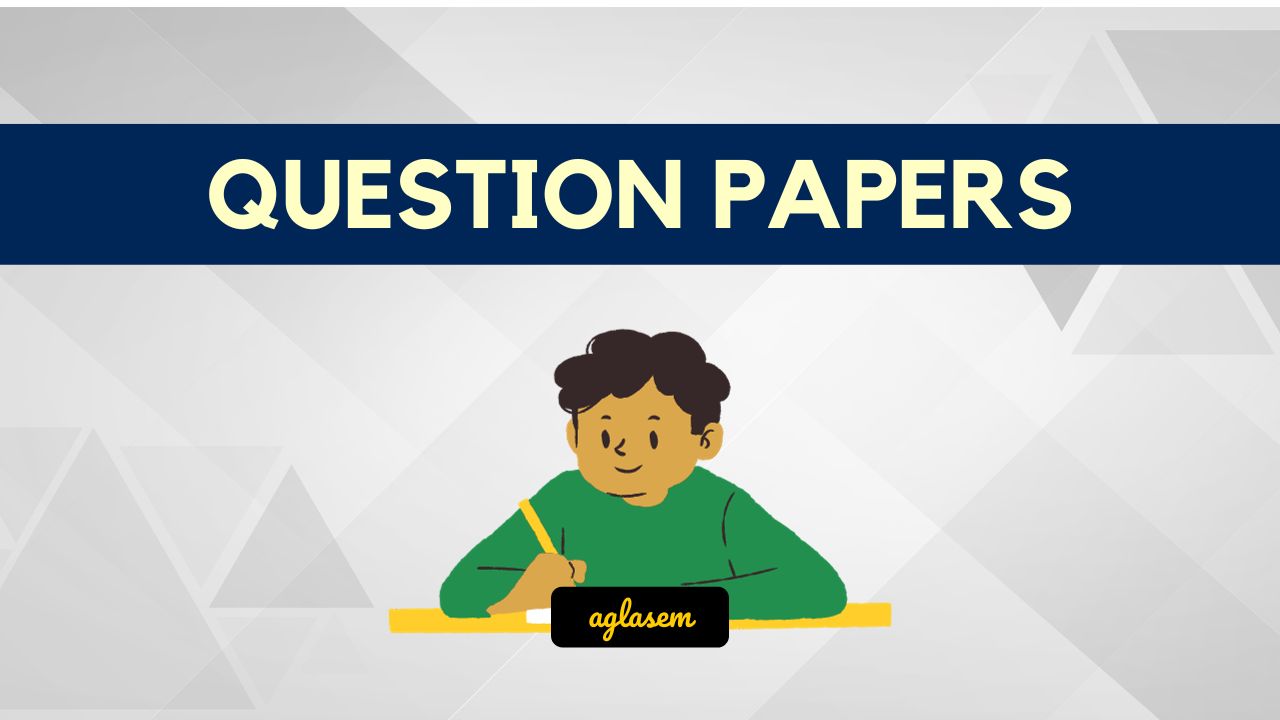NCERT Solutions for Class 11 Geography Chapter 4 Climate has been published by Aglasem. You can now download the Class 11 Geography Ch 4 Questions and Answers PDF here. This NCERT Solutions for Class 11 Geography contains answers of all questions asked in Chapter 4 in textbook, India Physical Environment. Therefore you can refer it to solve Climate exercise questions and learn more about the topic.
NCERT Solutions for Class 11 Geography Chapter 4 Climate
Class – Class 11
Subject – Geography
Chapter – Ch 4
Chapter Name – Climate
Book – India Physical Environment
Study Material – NCERT Solutions
NCERT Solutions for Class 11 Geography Chapter 4 PDF
While you can read NCERT Solutions for Class 11 Geography Ch 4 for all exercises here on aglasem. You can also download this NCERT Solutions PDF to refer ncer question answer at anytime when you study Climate. Here it is.
NCERT Solutions for Class 11 Geography Chapter 4 PDF Download Link – Click Here to Download Solutions PDF
How to download NCERT Solutions for Class 11 Geography Chapter 4 PDF?
You can download the complete NCERT solutions for chapter 4 of this NCERT Book i.e. India Physical Environment with following steps.
- First search NCERT Solutions for Class 11 Geography Ch 4 PDF aglasem and come to this page.
- Now you will see the exercise questions answers of Climate and download pdf link on it.
- Click the Download PDF link to obtain the Climate questions with answers document.
NCERT Solutions for Class 11 Geography
There are more chapters to study besides Climate in this subject. So here are NCERT solutions for all topics of Geography taught in 11th class here at aglasem.
- Fundamentals of Physical Geography
- Chapter 1 Geography as a Discipline
- Chapter 2 The Origin and Evolution of the Earth
- Chapter 3 Interior of the Earth
- Chapter 4 Distribution of Oceans and Continents
- Chapter 5 Geomorphic Processes
- Chapter 6 Landforms and their Evolution
- Chapter 7 Composition and Structure of Atmosphere
- Chapter 8 Solar Radiation, Heat balance and Temperature
- Chapter 9 Atmospheric Circulation and Weather Systems
- Chapter 10 Water in the Atmosphere
- Chapter 11 World Climate and Climate Change
- Chapter 12 Water (Oceans)
- Chapter 13 Movements of Ocean Water
- Chapter 14 Biodiversity and Conservation
- India Physical Environment
- Chapter 1 India – Location
- Chapter 2 Structure and Physiography
- Chapter 3 Drainage System
- Chapter 4 Climate
- Chapter 5 Natural Vegetation
- Chapter 6 Natural Hazards and Disasters
- Practical Work in Geography Part I
- Chapter 1 Introduction to Maps
- Chapter 2 Map Scale
- Chapter 3 Latitude, Longitude and Time
- Chapter 4 Map Projections
- Chapter 5 Topographical Maps
- Chapter 6 Introduction to Remote Sensing
NCERT Solutions for Class 11
Just like you got Geography Ch 4 solutions here. You can see exercise questions answers of other subjects and their topics too on aglasem. Here are NCERT solutions for all subjects of 11th standard NCERT books.
- NCERT Solutions for Class 11 Accountancy
- NCERT Solutions for Class 11 Biology
- NCERT Solutions for Class 11 Business Studies
- NCERT Solutions for Class 11 Chemistry
- NCERT Solutions for Class 11 Economics
- NCERT Solutions for Class 11 English
- NCERT Solutions for Class 11 Geography
- NCERT Solutions for Class 11 Hindi
- NCERT Solutions for Class 11 History
- NCERT Solutions for Class 11 Maths
- NCERT Solutions for Class 11 Physics
- NCERT Solutions for Class 11 Political Science
- NCERT Solutions for Class 11 Psychology
- NCERT Solutions for Class 11 Sociology
NCERT Solutions for Class 11 Geography Chapter 4 – An Overview
The key highlights of this study material are as follows.
| Aspects | Details |
|---|---|
| Class | Class 11 |
| Subject | Geography |
| Chapter Number | Ch 4 |
| Chapter Name | Climate |
| Book Name | India Physical Environment |
| Book By | NCERT (National Council of Educational Research and Training) |
| Educational Resource Here | NCERT Solutions of Class 11 Geography Ch 4 for All Exercise |
| More Questions Answers of This Subject | NCERT Solutions for Class 11 Geography |
| Download Book Chapter PDF | NCERT Book Class 11 Geography Chapter 4 |
| All Questions Answers For This Class | NCERT Solutions for Class 11 |
| Complete Solutions | NCERT Solutions |
If you have any queries on NCERT Solutions for Class 11 Geography Chapter 4 Climate, then please ask in comments below.
To get study material, exam alerts and news, join our Whatsapp Channel.






